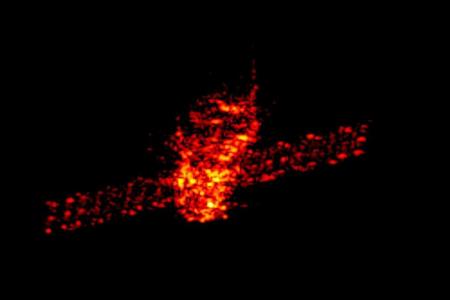Point Nemo, Earth’s watery graveyard for spacecraft
PARIS: Chinese space scientists were not in control of their Tiangong-1 orbiting laboratory when it hurtled back to Earth and into a remote part of the Pacific Ocean yesterday.
But if they had been, that was where they would have tried to make it land.
By sheer fluke, anything that did not burn up in the atmosphere is expected to have plopped down somewhere near the forlorn spot that is among the most remote places on the planet.
Officially called an "oceanic pole of inaccessibility," this watery graveyard for space debris is better known to space junkies as Point Nemo, in honour of Jules Verne's fictional submarine captain.
"Nemo" is also Latin for "no one".
Point Nemo is further from land than any other place: 2,688km from the Pitcairn Islands to the north, one of the Easter Islands to the northwest, and Maher Island - part of Antarctica - to the South.
"Its most attractive feature for controlled re-entries is that nobody is living there," said Mr Stijn Lemmens, a space debris expert at the European Space Agency in Darmstadt, Germany.
"Coincidentally, it is also biologically not very diverse. So it gets used as a dumping ground - "space graveyard" would be a more polite term - mainly for cargo spacecraft," he told AFP.
About 250 to 300 spacecraft - which have mostly burned up as they carved a path through Earth's atmosphere - have been laid to rest there, he said.
By far the largest object to splash down at Point Nemo, in 2001, was Russia's MIR space lab, which weighed 120 tonnes.
In future, most spacecraft will be "designed for demise" with materials that melt at lower temperatures, making them far less likely to survive re-entry.
China hoisted Tiangong-1, it's first manned space lab, into space in 2011. It was slated for a controlled re-entry but ground engineers lost control of the eight-tonne craft in March 2016, which is when it began its descent towards a fiery end.
The uncertainty of the lab's re-entry had attracted much attention in recent days. - AFP
Get The New Paper on your phone with the free TNP app. Download from the Apple App Store or Google Play Store now



